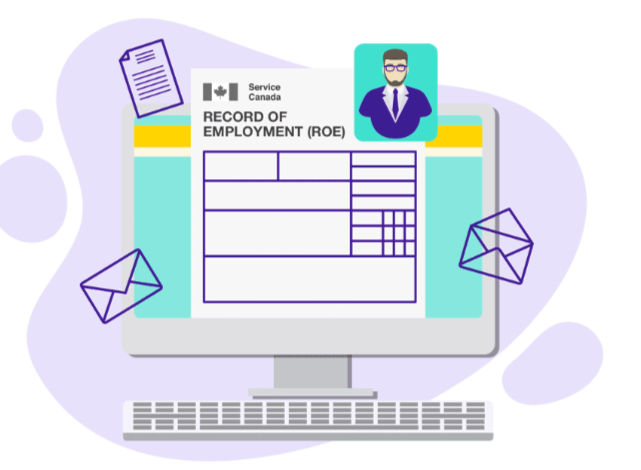Introduction
Filling out a record of employment might feel like routine, but it carries more weight than most forms in an office drawer. For the employee, it is the ticket to employment insurance benefits. For the employer, it is proof that you followed the rules and respected timelines. The trouble is, small mistakes creep in easily. A date written incorrectly, a payment missed, or even a forgotten signature can hold everything up. Employees end up calling confused, and you spend more time fixing what could have been right from the start. The good news is that most of these mistakes are simple to avoid once you know where they usually happen.
9 Mistakes to Watch Out For When Issuing an ROE
Let’s go through them one by one.
1. Sending It Too Late
The most common slip is timing. You only get five days after an interruption of earnings. It sounds manageable, yet deadlines disappear in the shuffle of busy work. A late form slows down benefits for your employee and raises questions with Service Canada. A reminder system or simple checklist can save plenty of stress.
2. Picking the Wrong Reason
Every ROE asks for the reason employment ended. Get this wrong and you invite trouble. “Shortage of work” is not the same as “quit,” and employees know the difference. Mislabeling the cause can block their benefits unfairly. Double-checking that one code before you send the form takes seconds but prevents weeks of frustration.
3. Misreporting Wages
Numbers make or break this form. Overtime, bonuses, or shift premiums often get overlooked. On the other side, payments that should not be included sometimes sneak in. Either way, the employee’s benefits are calculated based on what you report. Cross-checking wages against payroll records is a quick step that avoids messy corrections later.
4. Overlooking Final Payments
Holiday pay, severance, or leftover vacation payouts all belong on the ROE, but they are easy to miss when you are rushing. Leave them out, and the employee’s record looks incomplete. Taking an extra five minutes to compare the last pay stub with the form helps make sure everything owed shows up clearly.
5. Mixing Up Dates
You would think dates are simple, but they are often wrong. Employers sometimes put the pay date instead of the date worked, or overlap periods by mistake. That confuses everyone, especially when Service Canada checks eligibility. Looking back at schedules and aligning them with payroll before you finalize the form keeps things clean.
6. Skipping Amended Forms
An ROE is not always final the first time. Hours might be miscalculated or details updated. When that happens, an amended form is required. Some employers hesitate, thinking small mistakes will not matter. In truth, ignoring errors makes the situation worse. Sending an amended version quickly keeps your records correct and compliant.
7. Forgetting Contact Information
It seems tiny, but leaving out a contact person slows everything down. Service Canada often needs to confirm details. Without a name and phone number, the process stalls. Listing someone who knows payroll well means questions get answered right away. That little detail can be the difference between smooth and frustrating.
8. Sticking With Paper
Paper forms still exist, but they are slower and more prone to mistakes. Electronic submissions cut down on errors, create clear records, and speed up approval. Shifting to an online system may feel like one more task to learn, yet it saves time for both you and the employee in the long run.
9. Ignoring Mistakes Once Found
Everyone makes mistakes. The real issue is pretending they do not exist. Some employers hope small errors will go unnoticed. They rarely do. Service Canada requires corrections, and employees depend on accuracy. Owning up and filing an amended ROE shows professionalism, protects compliance, and keeps employees from waiting longer than they should.
Conclusion
Issuing an ROE is about more than filling out paperwork. It is about helping an employee move smoothly into their next stage and keeping your company in good standing. Mistakes like late submissions, wrong codes, or missing payments may look small, but they carry heavy consequences. By slowing down, checking wages and dates, and including full details, you cut out confusion before it begins. Moving forms online, fixing errors quickly, and making sure someone can answer questions keep everything flowing. In the end, a correct record of employment shows both care and competence. It supports your staff, protects your business, and spares you from headaches that no one wants to deal with later.

